Chocolate Chip Sea Star Facts
- The most frequently used common name for this creature with the remarkable appearance is the Chocolate Chip Sea Star. This wonder of evolution also goes by several other common names. The principle alternate term’s the horned sea star.
- Scientists, meanwhile, use a far more difficult to pronounce name for the animal. That’s because the official technical term for it’s Protoreaster nodosus. Regardless of which appellation one chooses to employ, it represents a fascinating marine species.
- It further owes its scientific name to the individual considered the father of modern taxonomy, Carl Linnaeus. The Swedish zoologist, botanist, and taxonomist made the first official recognition of the creature. That naming occurred in the year 1758.
- Evidence indicates that this marvel of Nature sadly appears to be falling victim to over harvesting. Though not a human food source, the animal’s highly sought after in some parts of the world. That’s because many people seek it for the sea shell trade.
- Research indicates that its population numbers seem to be dropping precipitously. This understandably holds especially true in the portions of the globe where its hunted for its shell. Despite these facts, however, the IUCN does not yet list it on its Red List.
- That fact could easily change in the near future, though. That’s due to the simple fact that it also faces other threats, besides being hunted by humans. Habitat loss also poses a potential threat to it. Its greatest threat, however, likely consists of climate change.
Related Articles

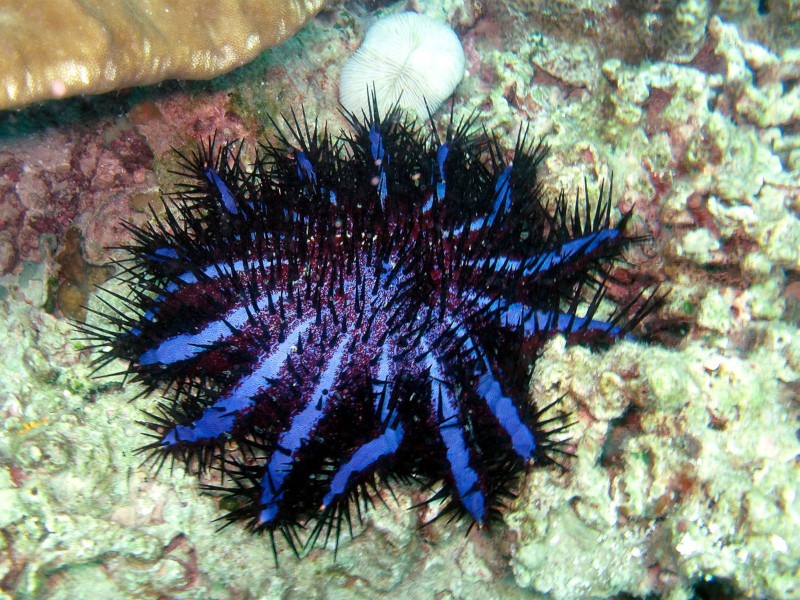
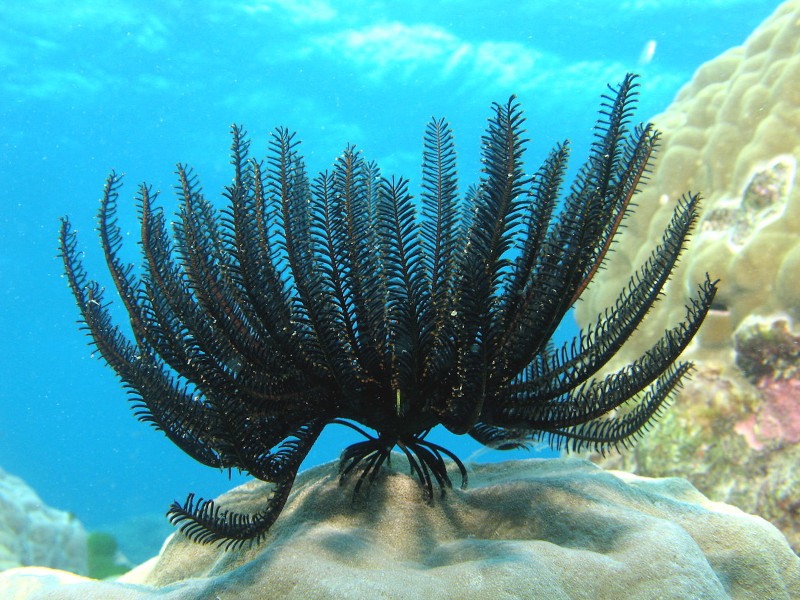
Chocolate Chip Sea Star Physical Description
The amazing Chocolate Chip Sea Star impresses those who encounter it for more than just its unique appearance. That’s due to the fact that it also achieves an impressive physical size. It’s not the largest of its relatives, by any means, but it measures larger than most.
Like most of its many various kin, this species manifests no noticeable degree of the physiological trait of sexual dimorphism. As a result, the genders display the same general appearance. This fact extends to both simple size, structure, and patterns of color.
Those patterns of coloring also vary quite significantly among individuals, wholly regardless of age or gender. The basic combination, however, usually consists of various shades of brown or red, such as tan or dark red. Some specimens display a tan color, though.
Like other sea stars, it possesses multiple arms. Most commonly, individuals grow five of these protrusions. Exceptions do occur, though. In such cases, a specimen may be seen with either four or six arms. In either case, the animal attains an average span of 16 in (40 cm).
The most easily noted feature of the fabulous Chocolate Chip Sea Star, however, manifests in the form of small horn-like structures. These only develop on the upper side of the body of the unique creature. These features further most frequently develop in a single row.
- Kingdom: Animalia
- Phylum: Echinodermata
- Class: Asteroidea
- Order: Valvatida
- Family: Oreasteridae
- Genus: Protoreaster
- Species: P. nodosus
Chocolate Chip Sea Star Distribution, Habitat, and Ecology
Most fortunately, the breathtaking Chocolate Chip Sea Star evolved as native to a relatively wide range. More specifically, that specific area of the globe consists of the Indo-Pacific region. Sadly, though, its population seems to be widely scattered, as well as inconsistent.
The great majority of its known population density also occurs in the vicinity of the Philippines. Wherever it appears, though, it displays extremely specific habit requirements and preferences. In this respect, the creature follows the pattern of most its known kind.
The distinctive-looking echinoderm typically prefers regions of either muddy or sandy sea bottom, or coral reefs. It further prefers the presence of beds of seagrass in either type of habitat. It also prefers shallow depths, rarely living at depths of more than 100 ft (30 m).
Many individuals choose to make their home on the very edge of the local shoreline. As a result, these individuals are occasionally exposed during periods of low tide. Most do not react well to sudden changes, so rarely move when so exposed, despite the risks.
Along with its related species, the humorously-named Chocolate Chip Sea Star evolved as a carnivore. The marvel of evolution also prefers to feed opportunistically. It therefore most commonly consumes such sessile creatures as various available corals and sponges.
It in turn, however, has very few known natural predators. This holds true mainly due to the nature of its hard shell. Due to this, many specimens have smaller creatures living on its upper surface. These typically include various species of small shrimp brittle stars.
This amazing animal, like most echinoderms, reproduces via broadcast spawning. During periods of the year, males and females release sperm and eggs directly into the surrounding water. Groups usually come together only at this time, to increase fertilization rates.
Species Sharing Its Range
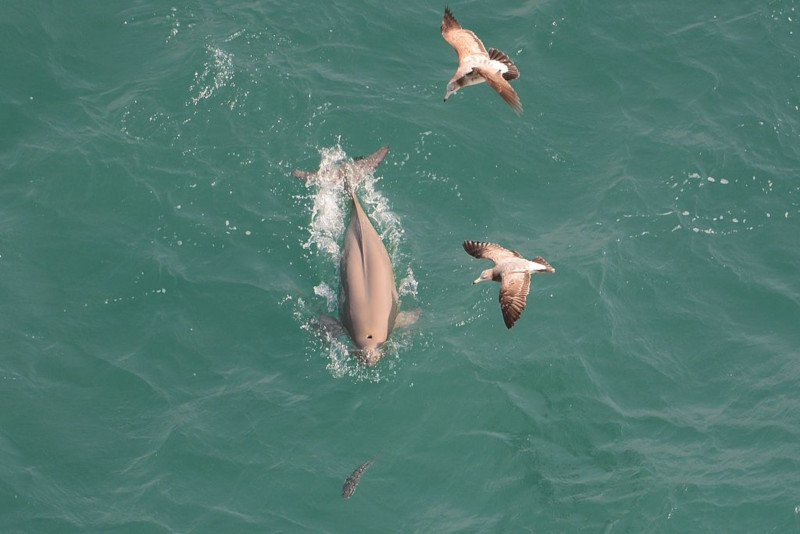
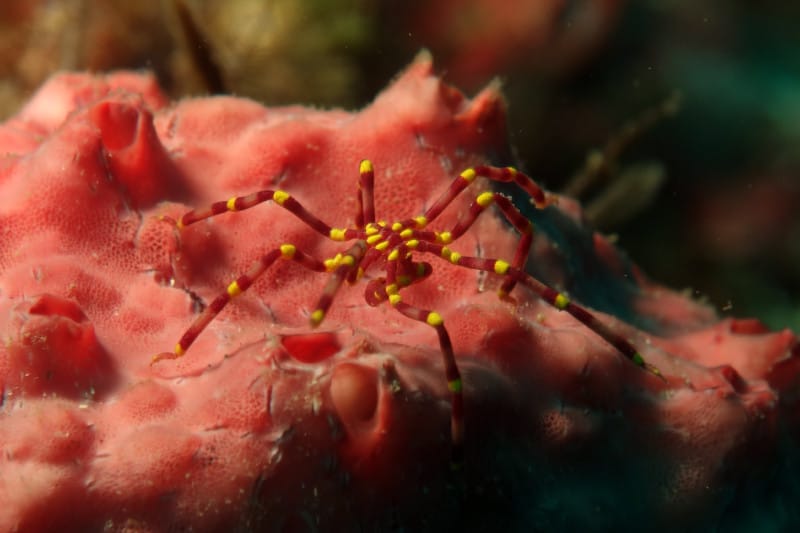
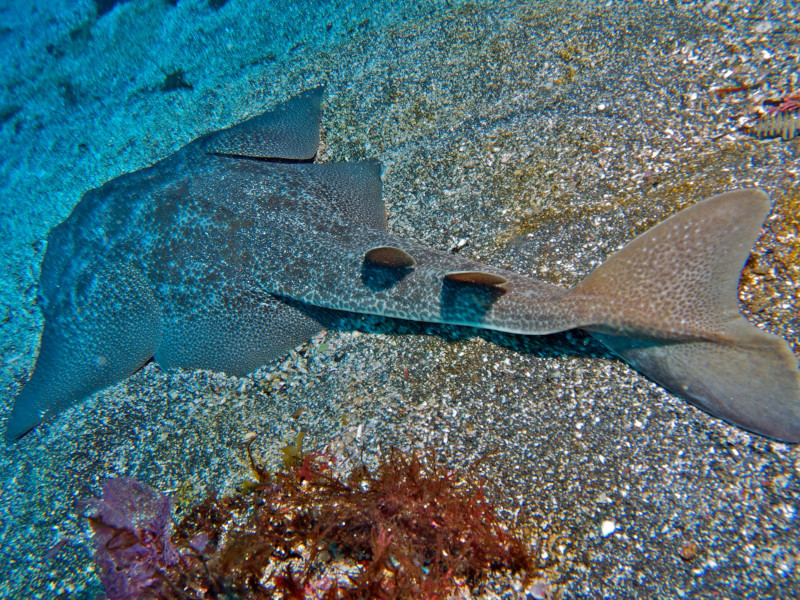
Check out our other articles on 4 Wondrous United States Waterfalls, Guinan cock-of-the-rock, McMurdo Dry Valleys, Maned Wolf, Black Witches’ Butter, Mormon Metalmark, Giant Girdled Lizard
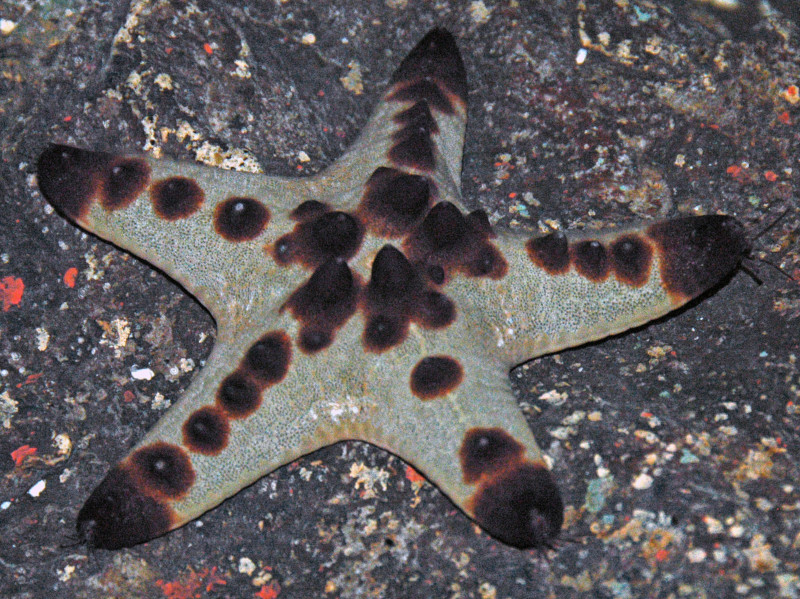
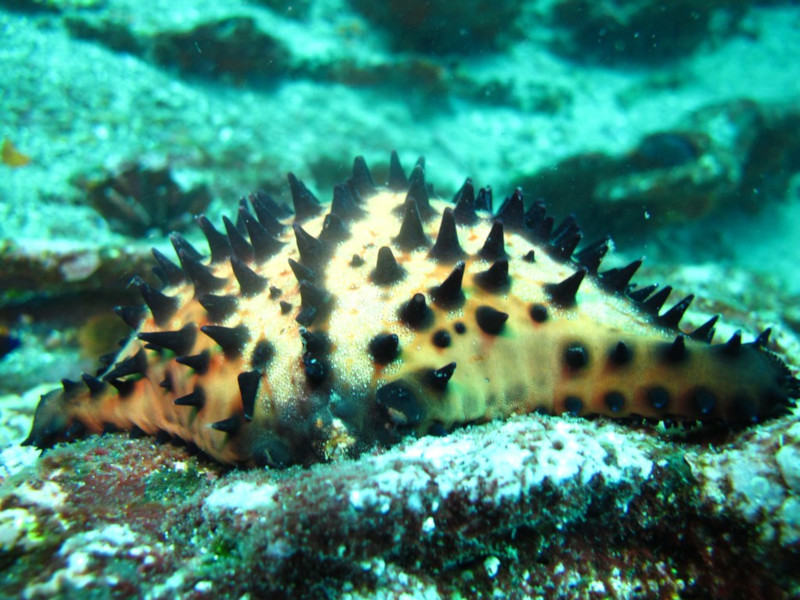
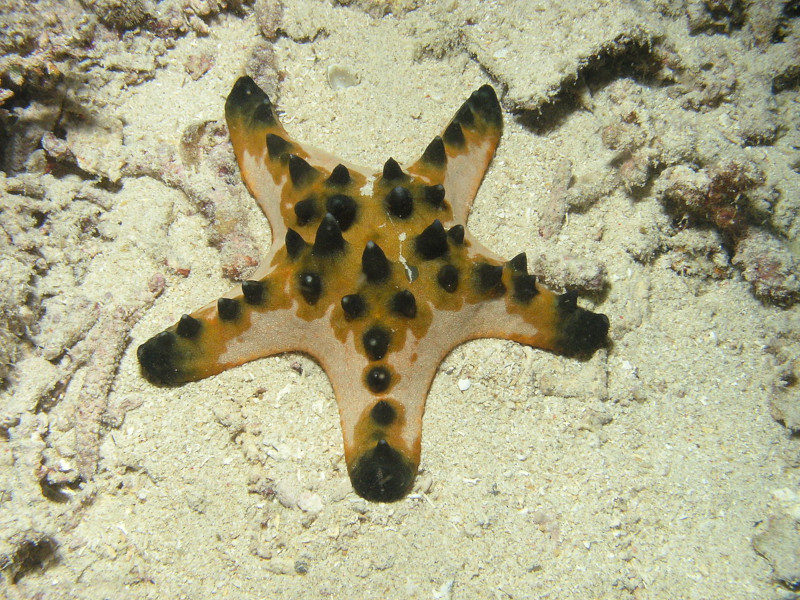









helo
Hello James,
Thank you for visiting our site. We hope you enjoyed it.
Sincerely,
OBP